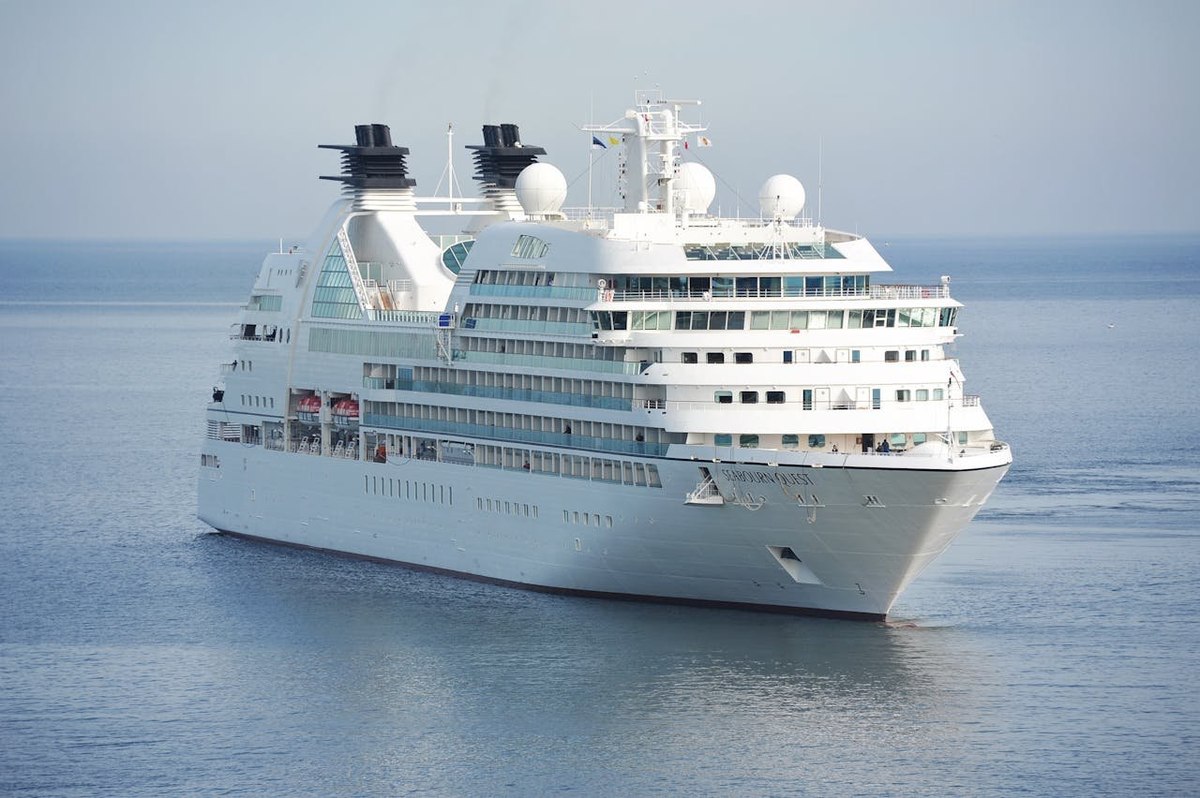
P&O Ferries – Rising from the ashes of controversy, but how high?
In March 2022, P&O Ferries laid off 786 staff members and replaced them with agency workers paid as little as £4.87 an hour, a rate company’s boss Peter Hebblethwaite acknowledged this week he could not live on. Hebblethwaite himself reported earning over £500,000 last year, including a bonus. The layoffs led to a sharp decline in the company's brand health.
The brand's Index score, which measures overall brand health (and is an average of Impression, Value, Quality, Reputation, Recommendation and Satisfaction metrics), dropped from 13.3 on the day of the layoffs to a low of -34.9 in April 2022. Since then, the score has improved gradually, reaching 1.8 on May 8, 2024.
Similarly, the company's Consideration score, which gauges whether Britons would consider P&O Ferries the next time they need a ferry service, also fell following the layoffs, from 12.4 on March 17, 2022, to 1.8 in April 2022. However, this score has since recovered significantly, reaching 9.1 by May 8, 2024.
To further understand the recovery and current standing of P&O Ferries, our YouGov BrandIndex tool can compare its performance across key metrics against the broader transport sector over the past year. Below are detailed points that highlight these comparisons:
- Impression (how consumers view a brand): P&O Ferries maintains a relatively low Impression score of 0.9, in contrast to the average score of 3.0 for all transport brands, indicating a less favorable public perception.
- Quality (whether a consumer considers a brand to represent good or poor quality): P&O Ferries achieves a Quality score of 3.4, standing well above the industry average of 1.6, suggesting that despite its reputational travails consumers view it as offering superior quality compared to other transport brands.
- Value (whether a consumer considers a brand to represent good or poor value for money): The Value score for P&O Ferries is at -3.8, which is slightly below the average of -3.2 for all transport brands, indicating a perception of lesser value.
- Reputation (whether a consumer would be proud or embarrassed to work for a brand): With a Reputation score of 0.8, P&O Ferries ranks below the industry average of 1.8. This metric is the weakest among all, possibly reflecting the significant negative impact of the layoffs on public perception.
- Satisfaction (whether consumers are currently satisfied or dissatisfied with a brand): P&O Ferries excels in customer Satisfaction, scoring a high 8.2, which significantly surpasses the average score of 4.3 for all transport brands, indicating high levels of customer contentment amongst those who have used the brand.
- Recommend (whether consumers would recommend a brand to friends and colleagues): P&O Ferries has a Recommend score of 1.8, which is lower than the average of 2.9 for all transport brands, suggesting that customers are less likely to recommend it compared to other transport providers.
- Consideration (whether consumers would consider choosing a brand the next time they need such a service): P&O Ferries scores a Consideration of 9.7, slightly higher than the industry average of 9.5, indicating that it remains a preferred choice among consumers for ferry services.
In conclusion our Global Travel Sector head emphasizes the crucial role of continuous data tracking in managing a brand's recovery after a public relations crisis:
"Using always-on brand trackers like YouGov BrandIndex for PR management can prove invaluable when managing brand recovery post-PR disaster. It can enable organisations to track crucial brand metrics in real-time, aiding in strategic adjustments to improve public perception and gradually rebuild trust. The significant recovery in P&O Ferries' scores from 2022 to 2024 underscores the value of such tools in crisis management.” Stewart notes, “The situation at P&O Ferries underscores the importance of maintaining high service quality and customer satisfaction during crises. Despite the initial negative impact on reputation, their consistent service quality and customer satisfaction scores played a critical role in stabilizing the brand. This demonstrates that core service excellence can help mitigate the fallout from negative publicity and sustain customer loyalty.”